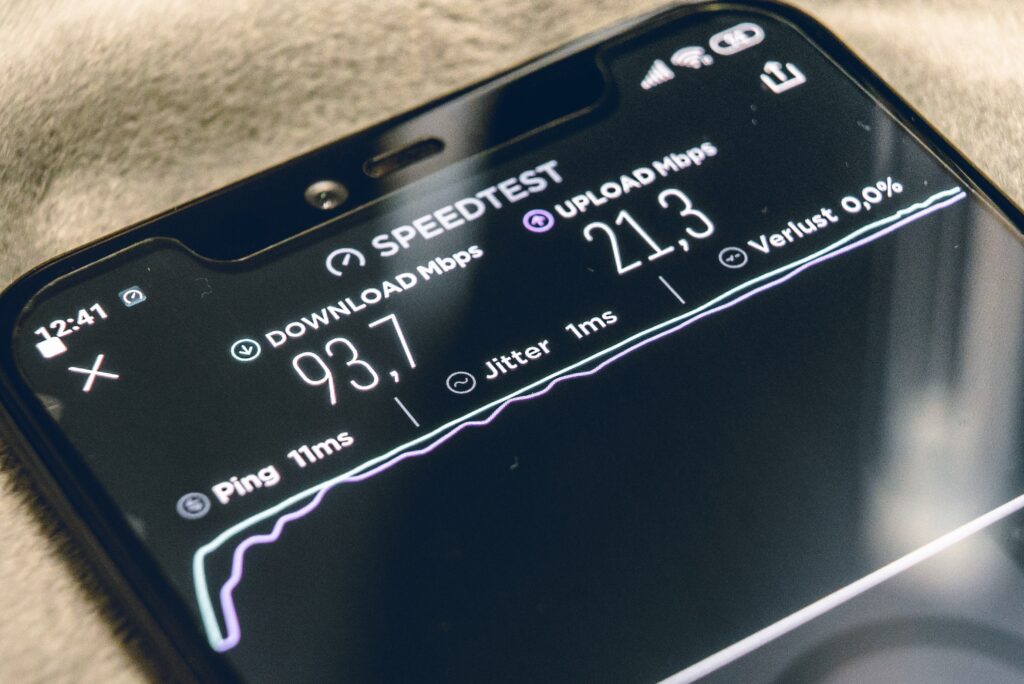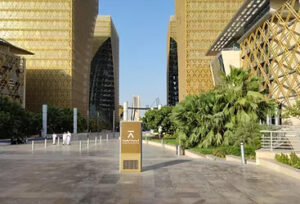CASE STUDY
MBUZZ تزيد قوة الاتصال
لمحة عامة
The client operates as one of the busiest airports in the regions of the Kingdom of Saudi Arabia. With an estimated passenger count of 20 million annually, the expansion project of the client hails its target to be a choice of more than 80 million individuals flying across and beyond the geographical region. To meet its aim, a task was put forth by the client to establish and strengthen the cellular network coverage signals in and around the airport region, to provide a convenient and cosmic sense of individual care in terms of reachability, visibility and communication efficiency.
Challenges
The client operates as one of the busiest airports in the regions of the Kingdom of Saudi Arabia. With an estimated passenger count of 20 million annually, the expansion project of the client hails its target to be a choice of more than 80 million individuals flying across and beyond the geographical region. To meet its aim, a task was put forth by the client to establish and strengthen the cellular network coverage signals in and around the airport region, to provide a convenient and cosmic sense of individual care in terms of reachability, visibility and communication efficiency.
Radio Frequency interference
Cellular and wireless communication has become a routine tool for daily life; however, this is subject to radio frequency interference. The increasing use and importance of cellular and wireless communication, not only as a passenger amenity but as an integral part of airport operations, makes its reliability and performance-critical for modern airport operations.
Suitable Solution with maximum reach
The client required the indoor cellular coverage to be supported by the top 3 network operators in Saudi Arabia - STC, Zain and Mobily, in all available network terminals - 2G, 3G and 4G. Alongside, the client also put forth a request to provide considerable coverage support for 5G using 3500 MHZ Band. Adding to this, it was required that MBUZZ finds a solution to provide the best network coverage inside elevators, to assist passenger convenience.
Secure network
Security is critical because channels of communication have become a potential attack vector, a way to disrupt an airport’s operation. Thus, MBUZZ was required to place a robust secure network that is well-managed and upgraded as per increased demands and applications.
MBUZZ Solution
After learning the challenges and the demands put forth by the client, it was necessary that MBUZZ pulled all the strings together to find a perfect solution that will not only cater to the challenging demand but also provide a convenient option for installation. MBUZZ sketched a rough order of magnitude estimate of the current airport interior cellular and Wi-Fi needs and the future needs, within the planning horizon of the estimate. The estimations thus provided a ballpark assessment of the cost and complexity of the project and served as a planning tool for more detailed project planning. This is where MBUZZ inducted Smart DAS (Distributed Antenna System) solution supporting the Single Input Single Output and Multiple Input Multiple Output bands of antennas. By inducing the Smart DAS Solution, MBUZZ utilized the multiple antennas thereby increasing connectivity with increased performance and resilience. The DAS also provided the client with an ‘all-in-one solution for network management of active wireless products. MBUZZ exclusively designed system network connections providing remote accessibility configuration and monitoring from a centralized workspace. The system also allowed network optimizations through real-time events & data logging to improve performance and reliability.


Our Solution
The proposal for installing Smart DAS Solution put forth by MBUZZ provided the client with optimized specifications for multi-band, multi-operator, and multi-carrier applications. These specifications supported cellular and wireless coverage for all available networks i.e., 2G, 3G and 4G inside the airport’s geographical region. The designs for cellular network coverage sketched by MBUZZ used appropriate cellular network generation models. Thus, MBUZZ achieved all the KPIs as required by the client. For advanced level requirements - MBUZZ proposed utilizing RADiant solutions for DAS systems that provided flexible deployment and capability scalability with easy installations. The integration of this system allowed the client to reduce its capital expenditure and operating expenditure at a certain level. The upgradation to the 5G network was also successfully addressed by utilizing the RADiant solution. Thus, MBUZZ enlisted another successful consultation to make way for future-ready globally connected airports














